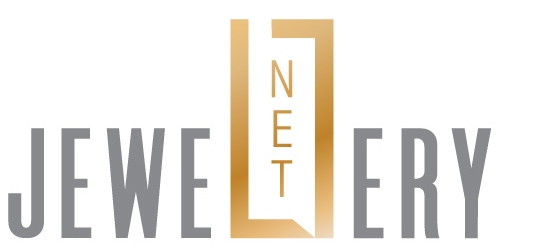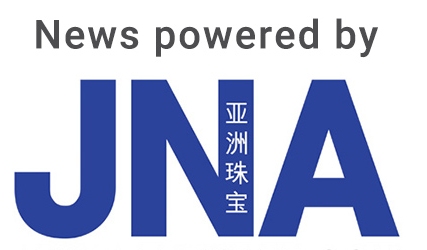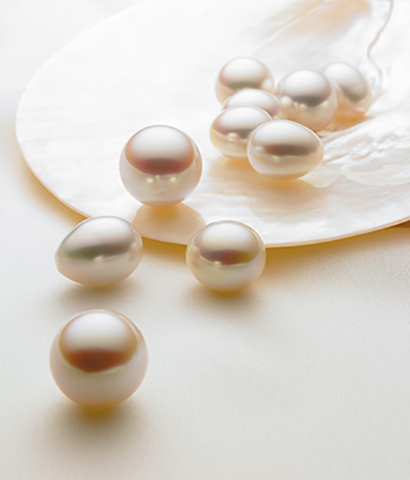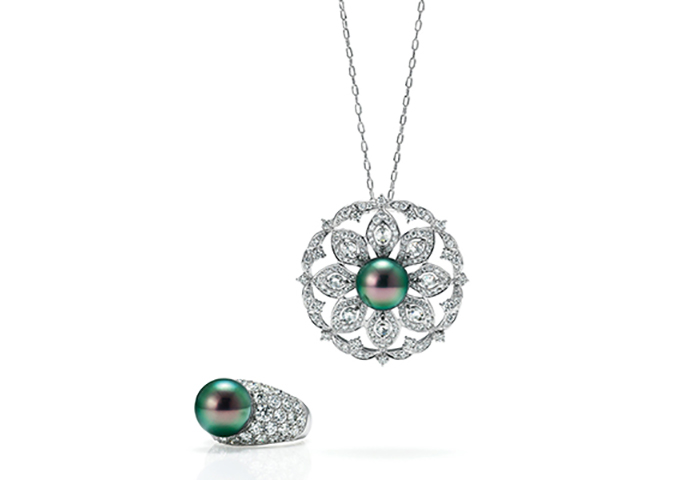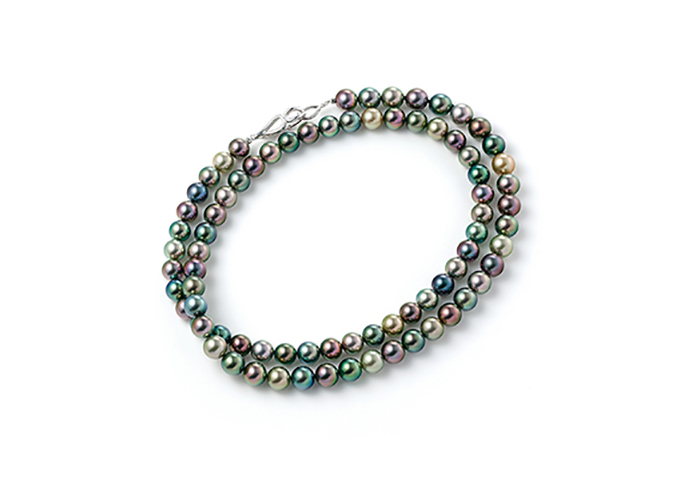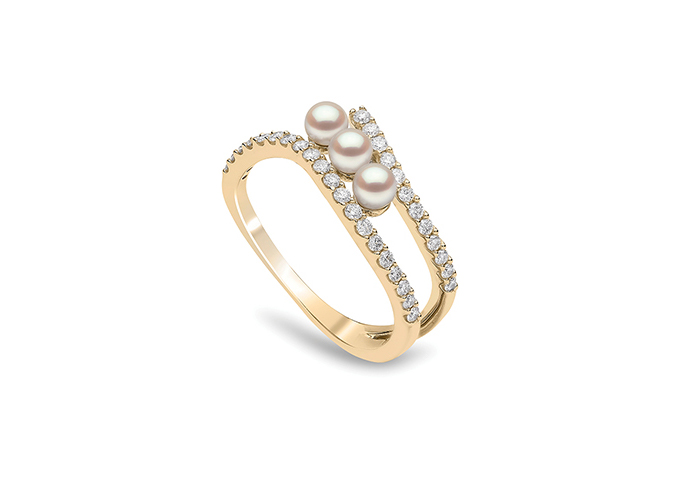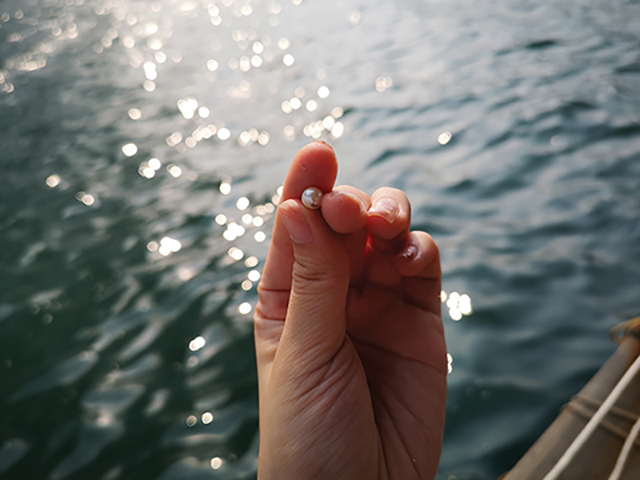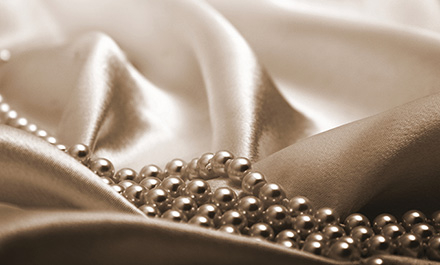The pearl industry has time and again proven its mettle, surpassing numerous economic and environmental uncertainties. With the Covid-19 pandemic, the sector’s strength is once again put to the test and pearl industry players are bravely facing the challenge.
When the Covid-19 pandemic struck in 2020, pearl companies dealt with difficulties that severely impacted their operations, particularly in terms of logistics and production. Prices fell while traditional avenues to sell goods became inaccessible.
For a short but crucial time, world markets came to a halt and the pearl business was at a standstill. Consumer demand likewise softened as celebrations and life events took a backseat to more pressing, pandemic-related challenges.
Disruptions however gave birth to more innovative ways to do business. Companies started to rely heavily on digital initiatives at a time when face-to-face transactions were impossible. Jewellery designers capitalised on a shift in consumer perspective and a rising preference for meaningful, more personalised pieces in coming up with fresh collections. Others meanwhile redirected their attention to new, potential areas of growth.
Impact of Covid
Putting in place Covid-related measures was no easy feat, according to Michael Bracher, executive director of Australia-based Paspaley Pearling Co. For instance, the company had to deal with lengthy mandatory quarantines and expensive special flights to transport people to remote areas of operations.
“From a sales perspective, the market completely stopped between February and March 2020,” noted Bracher. During this time, Paspaley upped the ante and developed an online auction portal to sell pearls. It has held online auctions nearly every month since April 2020.
Prices meanwhile dipped by 10 per cent to 15 per cent during the first half of 2020, he revealed. As such, Paspaley offered fewer goods in the market to avoid further price declines and reducing the value of its clients’ stocks.
“Each of the online auctions conducted last year saw a gradual increase in both price and volume albeit still below normal and sustainable levels by end-2020,” continued Bracher. “Demand rose significantly from February 2021 as shown in each of our auctions. Prices for high-quality pearls are now higher than pre-Covid levels.”
Dr. Kawk Mie Chit of Myanmar-based Snow Pearl Jewellery likewise pointed to online sales as the saving grace of the business. The company sold pearl jewellery through its e-commerce platform and did live promotions as well. Political uncertainties coupled with a third wave of Covid-19 infections in the country are however taking their toll on the pearl sector.
The Japan Pearl Exporters’ Association (JPEA) also depended on digital opportunities to sustain revenues in the absence of traveling and physical jewellery shows, according to JPEA Chairman Yoshihiro Shimizu.
Japan’s domestic market remains active while buyers from China and the Philippines are regularly placing online orders for Japanese pearls and finished jewellery. Traditionally strong markets the US and Europe are also gradually buying pearls again, added Shimizu.
State of the trade
After the initial onslaught of Covid-19, demand for pearls regained momentum, according to Bracher. While pearl strands are a staple of any jewellery collection, Paspaley observed robust growth in demand for earrings and pendants, driven mostly by Asia as well as a younger clientele.
Koji Isowa, president of Japan-based Tahitian pearl specialist Seibido Pearl Co Ltd, meanwhile encountered strong sales of multicoloured pearl necklaces. The company mainly deals in high-quality pearls with exceptional lustre. Pearls of 9mm to 10mm in diameter and priced between US$3,000 to US$10,000 per strand are also moving fast.
Round South Sea pearls of more than 15mm in diameter in vivid gold colours are likewise highly sought after, disclosed Kawk of Snow Pearl Jewellery. White pearls from Australia meanwhile are especially favoured in China.
Continued demand has also pushed up prices of exceptional pearls, according to JPEA’s Shimizu. Prices of better-quality Akoya and white South Sea pearls are generally 20 per cent to 30 per cent higher than those in 2020.
Owing to production difficulties, prices of lower-quality Tahitian pearls have softened by around 30 to 40 per cent compared to pre-Covid levels. Decent-quality Tahitian pearls, which are in tight supply, still command high prices, explained Shimizu.
Hong Kong-based pearl expert David Wong, who is also project manager at Hong Kong Pearl Cultivation Association Ltd (HKPCA), highlighted the exceptional allure of pearls that continues to draw buyers in despite a challenging macroeconomic environment. Pearling companies are also innovating to present pearls to clients in more engaging and educational ways.
In Hong Kong, traders are using ecotourism to promote homegrown pearls. With funding from the Agriculture, Fisheries and Conservation Department, the association offers pearl workshops at sea where participants can experience first-hand how pearls are cultivated. They also get a chance to make their own pearl jewellery. Pearls are presented to them against the backdrop of Hong Kong’s rich pearling culture as well as emerging trends such as sustainability and environmentalism.
A jeweller’s perspective
UK-based fine jeweller Yoko London also counted on e-commerce to meet consumer demand during lockdowns, shared CEO Michael Hakimian. Clients were particularly interested in contemporary everyday jewellery that can be worn with any outfit anytime, anywhere. By 2021, the company’s bridal jewellery business improved dramatically, thanks to rescheduled weddings.
Yoko London also employed full-time photographers and videographers to ensure that it provides customers with a wealth of digital resources to aid with online sales. It also developed a new collection, Sleek, in response to soaring demand for more wearable, daily-wear jewellery. This collection features smaller, high-quality Akoya pearls alongside diamonds in contemporary designs. Smaller pieces in modern designs are especially alluring to younger clients such as millennials and Gen-Zs.
“Pearls are highly favoured throughout the ages, thanks to
their enduring appeal. They never go out of style, which ensures that pearls are always in demand,” shared Hakimian.
Outlook
Government-led stimulus packages alongside lower interest rates bode well for major global economies, providing significant tailwind for many businesses, according to Paspaley’s Bracher. Consumers who could not travel or dine out as often as before also have higher disposable incomes. These developments are translating to a significant increase in discretionary luxury jewellery spending. “Consumers have had fewer ways to celebrate important occasions. Whether this total demand can be sustained as alternative spending categories, such as travel, are reopened remains to be seen,” he added. “However, there will certainly be pockets of growth to target.”
Moving forward, consumers – inspired by greater appreciation for life and the planet alongside their desire for information – will become more discerning with their spending decisions and demand higher standards of social responsibility.
“The year 2021 is shaping up to be a strong year. We anticipate 2022 to be stronger,” remarked Bracher. Paspaley, for its part, will continue to bolster its digital strategy by developing a wholesale platform to ensure that stock is available all year round.
Kawk of Snow Pearl emphasised the importance of vaccines, which are critical for real recovery in the pearl sector. To support market activity, the company official also raised the importance of relevant marketing and promotion to sustain consumer interest.
Yoko London’s Hakimian meanwhile is banking on the bridal jewellery sector to fuel growth in the industry in a post-lockdown era. He said the company is rolling out a new bridal campaign alongside a curated collection of bridal jewellery.
Sustainability has also become a byword in the industry. In April this year, the jeweller said over 50 per cent of the gold in its future jewellery production will be recycled and that 100 per cent of its unused gold will be recycled.
“We launched two successful collections during the pandemic and built a wealth of fantastic digital capabilities, safeguarding our ability to meet our customers’ demands over the next few years. We have many new ideas and projects that we are working on that we are excited to share in due course,” disclosed Hakimian.
HKPCA’s Wong, for his part, pointed to greater cross-industrial collaboration to reach new customers. For instance, pearl companies are increasingly teaming up with stakeholders in various sectors such as technology, biology, arts and culture, education and cosmetics, to name a few, to boost awareness about pearls.
“People do not just want jewellery; they want jewellery with a mission. Buyers, millennials specifically, have more spending power and are more conscious about what they are spending on. They want pearls with a value,” noted Wong.
